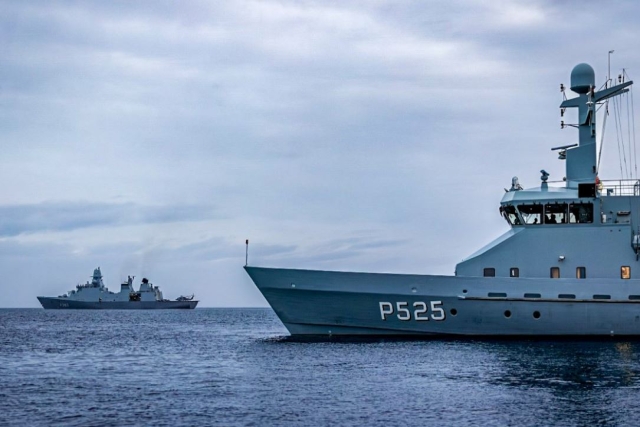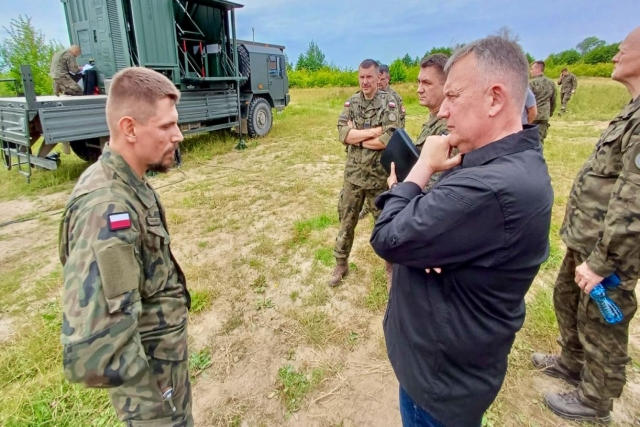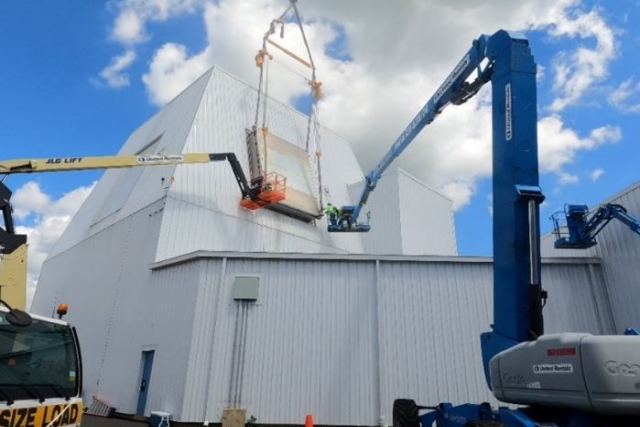CAE, GA-ASI To Co-Develop Predator UAS Simulator For Italian Air Force
CAE announced today that it has won the contract from Italian Directorate for Air Armaments and Airworthiness (DAAA) to develop and deliver upgrades and enhancements to a Predator Unmanned Aerial System (UAS) Mission Trainer for the Italian Air Force.
CAE and General Atomics Aeronautical Systems (GA-ASI) intend to co-develop a high fidelity UAS Mission Trainer specifically representing the Italian Air Force's Predator(R) A and Predator B/MQ-9, manufactured by GA-ASI.
CAE will conduct flight test data gathering on actual Italian Air Force Predator A and Predator B/MQ-9 aircraft to ensure the highest fidelity simulation of flight systems and sensor payloads.
"Our Predator has proven to be capable of providing the Italian Air Force with an agile and flexible ISR capability, and we expect to increasingly use this platform for this kind of purpose," said an official from the Italian Air Force.
"We need highly-skilled and well-trained Predator crews to fully leverage its capabilities, and our new high-fidelity training system will enable us to use a safe and cost-effective virtual training environment to better prepare our Predator aircrews for operational missions.” An Italian Air force Official added.
In addition, we plan to develop the Italian Air Force Centre of Excellence for unmanned systems, a first for training in the European region, and we will invite future users from allied Nations to jointly train at our facility, he added.
The high-fidelity Predator UAS Mission Trainer will be delivered in 2017 to Amendola Air Force Base and will enable the Italian Air Force to conduct training for its Predator A and Predator B/MQ-9 pilots and sensor operators, thus allowing a rapid transition to flight operations without further training on the actual aircraft.
In addition, the training capability is expected to significantly enhance operational readiness and flight safety for the Italian Air Force compared to conventional approaches to live training.









